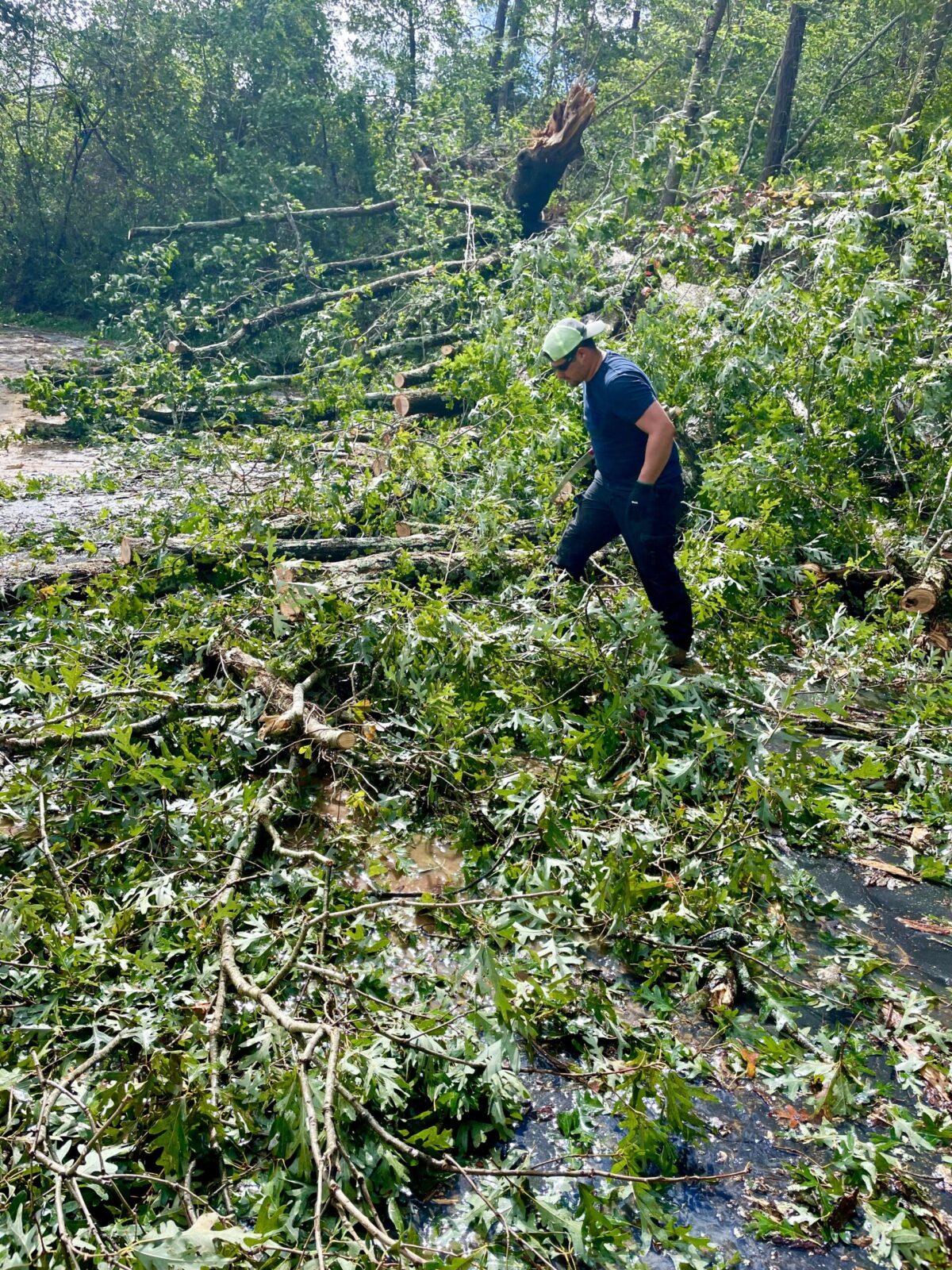
US-based mining company Perpetua Resources has announced that the US Forest Service (USFS) has completed the final environmental impact statement and is releasing a draft record of the decision approving the Stibnite gold project in Idaho.
The company has stated that both documents will be made public in the US Federal Register on 6 September. As per the USFS timeline released in July 2024, the final record of the decision is expected to be issued by the end of this year.
The project aims to improve environmental conditions at a neglected mine site while extracting gold and tapping into the sole reserve of antimony in the US.
Perpetua’s Stibnite project aims to become one of the most high-grade open-pit gold projects in the US. It holds an estimated 4.8 million ounces (moz) of gold reserves.
According to a 2020 feasibility study, the project is set for annual production of more than 450,000oz of gold during its first four years, with all-in-sustaining costs of less than $450/oz.
Jon Cherry, president and CEO of Perpetua Resources, said: “It is a win for Idaho, it is a win for the environment and it is a win for America’s national security.”
Access the most comprehensive Company Profiles on the market, powered by GlobalData. Save hours of research. Gain competitive edge.

Your download email will arrive shortly
We are confident about the unique quality of our Company Profiles. However, we want you to make the most beneficial decision for your business, so we offer a free sample that you can download by submitting the below form
By GlobalData
The project has a reserve of 148 million pounds of antimony as a by-product of gold production. Antimony, crucial for national defence, clean energy and technology applications, currently lacks a domestically mined supply.
“Our independence from Chinese control over antimony is right here… and Perpetua Resources [will] provide a critical part of the solution to the US’ strategic need for antimony while also delivering an economically robust gold mine that will create new jobs in Idaho,” Cherry added.
China, responsible for almost half of the global mining output of antimony and holding a dominant position in refining and processing globally, has announced plans to impose restrictions on antimony exports starting on 15 September.
In response, the US has implemented a comprehensive government strategy to bring back antimony production to the country. This effort includes $75m in grants from the US Department of Defense and a $1.8bn expression of interest from the US Export-Import Bank.
There is widespread recognition at the highest levels of government that there is an urgent need for domestic antimony production.
“The business case is clear,” Cherry added. “Our project has exceptional economics, with an expected payback period of less than three years, while providing net environmental benefits and the critical mineral antimony.”
The Stibnite project maintains one of the largest antimony reserves not subject to Chinese influence.
Sign up for our daily news round-up!
Give your business an edge with our leading industry insights.




